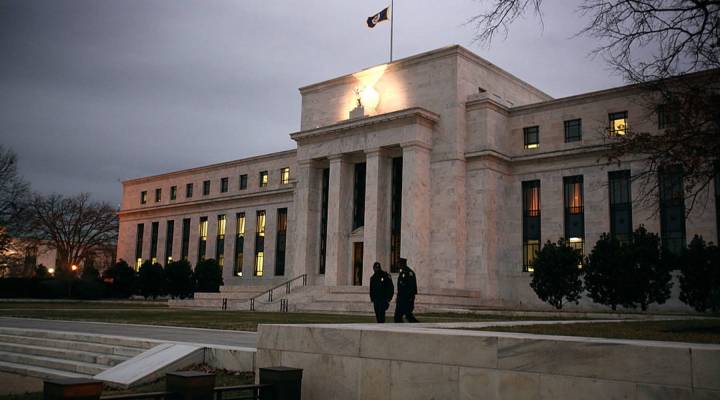
Why junk bonds are back in vogue

Junk bonds are quite popular at the moment, an example of how our bizarre world of low interest rates and unusual central bank policy has investors piling into riskier investments.
The polite way to refer to a junk bond is as a high-yield bond. But lately, it’s more of a relative term.
“They’re higher than other bond yields, but they’re not high by historical standards at all,” explained Kathy Jones, chief fixed income strategist at Charles Schwab.
Understanding what’s going on requires a grasp of the relationship between bond prices and bond yields, which move in opposite directions. Traders make the bond market sound freakishly complicated, but the basics are actually pretty easy to understand once you strip away the jargon. When you buy a corporate bond, you’re lending a company money. It has to pay you for the loan. That’s the yield. It must pay higher yield if it’s a riskier company.
But supply and demand are at play here. If lots of other people line up to buy a company’s bonds, it can get away with paying less. And that’s what’s going on now. Demand for junk bonds is bonkers because less risky bonds aren’t providing much yield.
“It’s very simply a function of there are not many other games in town,” said Ed Altman, finance professor at NYU’s Stern School of Business and author of a small library of books on junk bonds and credit risk. “The Federal Reserve is keeping interest rates low because they are concerned about the economy and this is driving investors to take on more risk.”
Investors go there because that Fed policy is helping push down yields on safer bonds. But even as demand for junk bonds rises and yields go down, the risk remains, which is important to remember before changing your retirement investments to follow the herd.
“The tendency to reach for yield generally ends very badly,” said Kathleen Gaffney, a veteran bond investor and portfolio manager at Eaton Vance. “That’s something to think about.”
There’s a lot happening in the world. Through it all, Marketplace is here for you.
You rely on Marketplace to break down the world’s events and tell you how it affects you in a fact-based, approachable way. We rely on your financial support to keep making that possible.
Your donation today powers the independent journalism that you rely on. For just $5/month, you can help sustain Marketplace so we can keep reporting on the things that matter to you.












